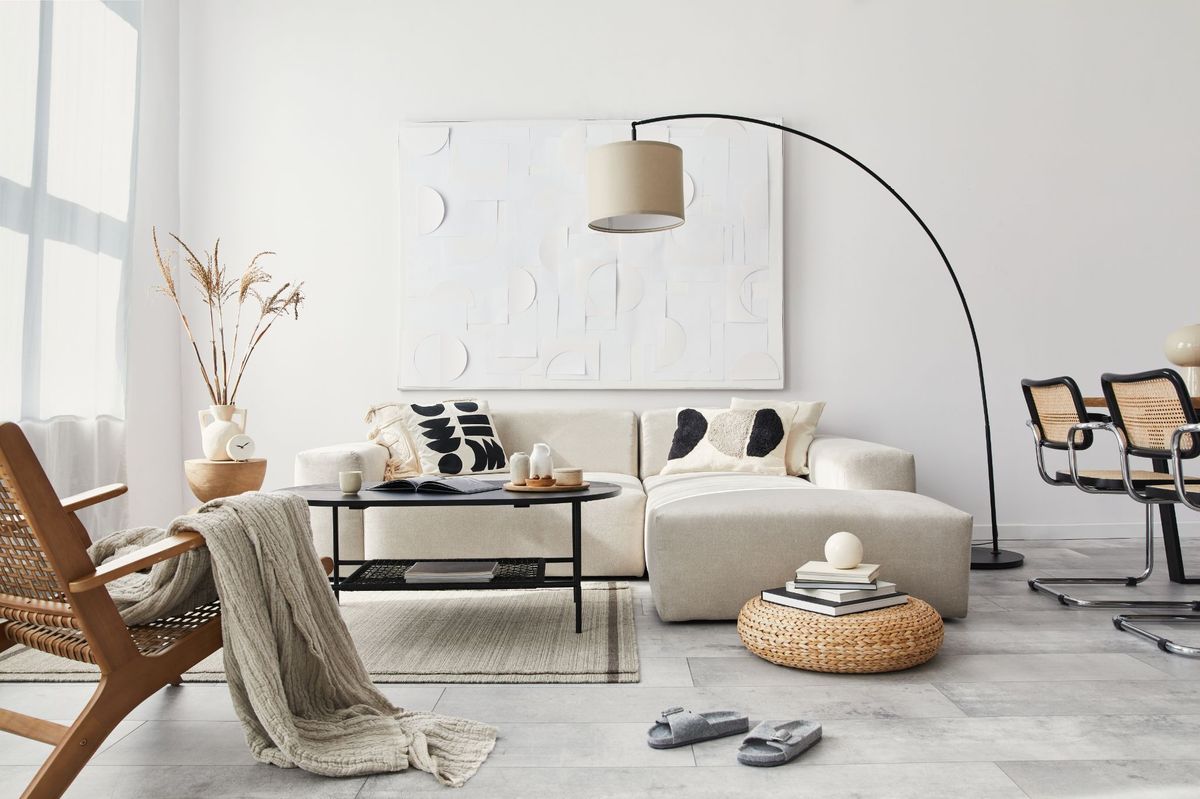Lighting trends in interior design have caught a lot of attention lately. Sculptural lamps are the latest trend and are ideal choices for homeowners and designers who want something different with an artistic vibe. It begs the question: Is this type of art fixture slowly replacing lamps and tables as a homeware accessory?
Why Sculptural Lamps Are So Enticing
Sculptural lamps are a perfect combination of functional lighting and captivating art. They are usually beautifully designed, very stylish, and will make your space elegant. They come in a variety of shapes and colors and are composed of different materials, allowing for creativity and personalization.
This is why luxury lamps for living room are popular among people whose only interest is expressing their own style. These artistic fixtures draw the eye and can serve as a room focal point, an effect that conventional lighting lacks.
The sculptural lamp is becoming increasingly popular for this very reason: its versatility. They come in a size and style for any atmospheric undertaking—the decor could be minimalist, rustic, or terrace house chic. This versatility ensures that these lamps can complement the look of a room without being overwhelming.
Ordinary Lighting: Classic But Boring

Two big staples for classic design are floor and table lamps. These lamps are often distinguished by their simple lines and functionality. Its stable and user-friendly nature is why they have become a feature in various households. However, design trends are ever-changing, and some people are starting to view these common items as too practical.
Traditional lamps, being rather predictable, have their benefits as well. Usually cheaper and available in a wide mix of styles to suit all tastes. They are so simple that they can fit in any space without being too noticeable. It’s this subtle simplicity that makes them appealing to many.
The Surge of Artistic Fixtures
The growing enthusiasm for sculptural lighting pieces speaks to a wider pendulum swing in consumer taste. People are looking for home decor that is functional and has character. Items such as sculptural lamps achieve this need, as they can be used for lighting and will be one of the most talked-about pieces of art in your home.
In addition, sculptural lamps and artisanal crafts are trending right now. Consumers are more engaged by items that display artistry and craftsmanship and appreciate quality over quantity. This is due in part to the desire to focus on the finer details, something that sculptural lighting, often by artisans, fits right in with.
Balancing Practicality and Creativity
Sculptural lamps add some creativity to your lighting, but there’s still a fine line between functional and jaw-dropping art. So, do these fixtures provide sufficient illumination, or does the light fall short like a lot of LED options out there?
While creating sculptural lamps, designers also have to take care of the actual light output and how it is going to be distributed around the lamp to meet a real-world need.
The good news is that lighting technology has improved to the point where sculptural lamps can now provide form and function. For instance, LED technology enables energy-efficient lighting solutions to be incorporated into artistic designs. It allows your sculptural lamps to light the room while looking fantastic.
A Complementary Relationship
Instead of thinking of sculptural lamps as lighting substitutes, they are more like lighting enhancers. The types of lighting can be used in different ways in a space. One can be a statement piece while the other provides ambient lighting.
A room can have a happy balance of sculptural and more traditional lighting. Mixing these together allows homeowners to experience the best of both worlds—the artistic beauty of sculptural lamps and the reliable utility of conventional fixtures. Such dedicated paths enable a rich and dynamic lighting design to create a more immersive atmosphere.
Conclusion
Undoubtedly, sculptural lamps are gaining popularity in interior design, representing a dynamic alternative to classic floor and table lamps. Seen from a distance, they are alluring; up close, they are enchanting and intimate in their unique design. But traditional lighting, with its classic simplicity and functionality, still has plenty of value.
The final decision will come down to preference and the space’s requirements. When these two styles coexist, one can enjoy a space that reflects oneself while being functional, too. As trends evolve, the interplay of these two styles will get even closer and wider, giving us many ideas for at-home techniques to express our creativity.

